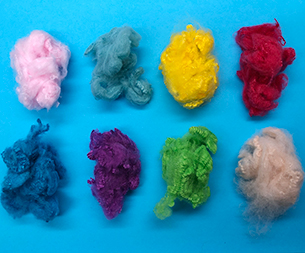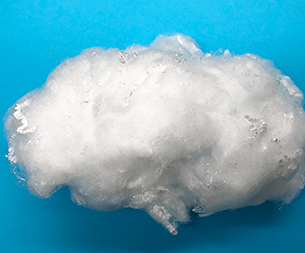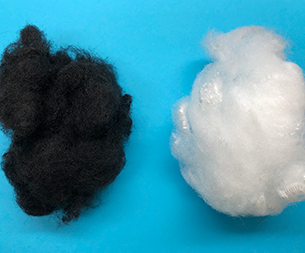Soft artificial muscles.
Ever wonder if fabric can stretch and move like a muscle? Engineers at the University of New South Wales in Australia have developed a textile that can be robotic to shape 2D materials into moving 3D structures!
The textile technology for this soft artificial "muscle" consists of long silicon tubes filled with liquid and operated by a hydraulic system. The artificial muscles are surrounded by a "spiral coil of conventional fibres" that can be programmed to change how they contract, expand or deform into various shapes.
"We've actually given our smart textiles the exact same ability to expand and contract as human muscle fibers. This material has great benefits because it is made from miniature soft artificial muscles, which provides a thin, flexible and highly adaptable structure." Dr Thanh Nho Do, a senior lecturer in science who led the study.
The technology is expected to be applied in various fields
"This material could be used to develop soft exoskeletons that enable disabled people to walk again or enhance human performance. "Most of the existing technology in the field still revolves around rigid robotic suits, but we hope we can create a lightweight, soft exoskeleton that looks and feels like leggings and can be worn like normal clothing," added Dr Do.
"We suggest that it can be used to develop new medical compression devices, for example, low-profile medical compression devices, leading to better medical outcomes. Patients with poor circulation could benefit from smart clothing that contracts to apply needed pressure to shallow veins and help with blood supply. Athletes also use compression clothing to recover faster and reduce muscle soreness after training, and our smart textiles have the potential to be utilized in this area."
Another use of the technology is in soft robots, where more rigid robots cannot solve problems. The ability to deform soft robots en masse while retaining tensile strength could become very useful in dangerous environments.
Phuoc Thien Phan, from the Medical Robotics Laboratory at the University of New South Wales, added: "Traditional robots are effective when working in a systematic environment, but they are quite stiff and have problems dealing with the unknown background of changing environments. "Normal robots can't change their shape, they can't start with two-dimensional flat materials, they can go into small Spaces and then transform into three-dimensional objects."
In addition, Dr Do has received funding from the National Heart Foundation of Australia to investigate whether the technique can help failing hearts pump blood around the body.
- Polypropylene staple fiber is wi
- How to better exert the power of
- The characteristics of all aspec
- Internet technology changes cons
- Polypropylene staple fiber proce
- The traditional peak season has
- The performance advantages of Hy
- Operation analysis of China's in
- What factors are Polypropylene s
- From January to August this year
- Markets
- Automotive Products
- Nonwoven Lining
- Geosynthetics
- Liquid Filtration
- Apparel and Textiles
- Hygiene Products
- Building and Construction
- Other Markets
- Contact Us
- Contact Haibang





